We decided to take the scenic route to the Wool & Sheep Centre in Leenane. Arriving in Tullycross, we turned right towards Leenane, stopping for a walk along Lettergesh Beach, which was really beautiful. We knew the tide was coming in so it was a reasonably quick walk as we didn’t want to get cut off on the wrong side of a huge rocky outcrop that had seaweed growing at least 2 metres above the sand. Lettergesh is a beautiful tidal beach that completely disappears when the tide comes in.
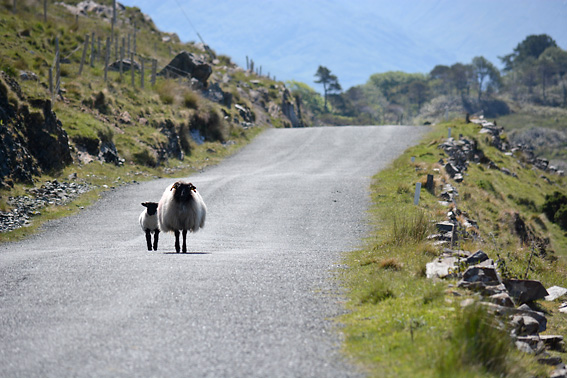
We drove along the narrow road which hugged the edge of the very pretty Lough Fee.
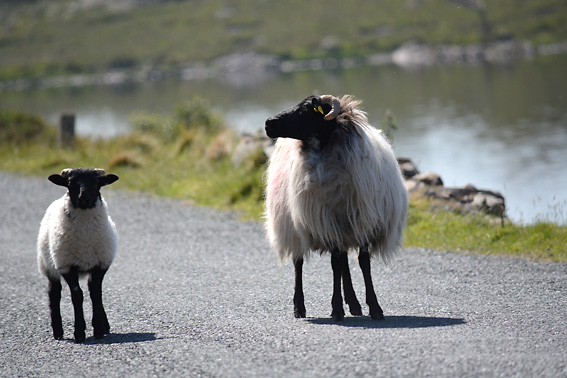
We stopped to photograph a West of Ireland Black Faced ewe with her lamb that were wandering along the middle of the road towards us and then enjoyed the beautiful views as we travelled along the edge of Killary Fforde.
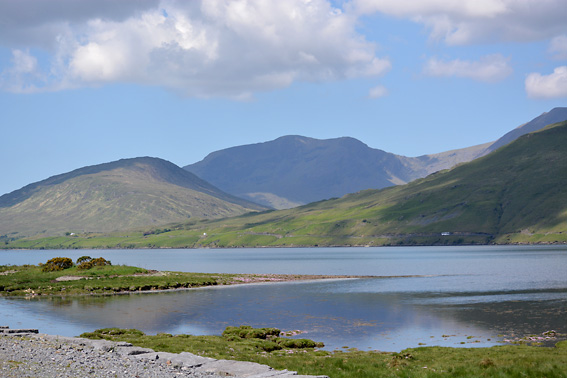
When we arrived at the Wool & Sheep Centre we were introduced to Orlagh.
Our visit began with a 10 minute film about the local breeds of sheep and history of Leenane’s textile industry. In the past the village had been known for their finely spun yarn and woven fabrics.
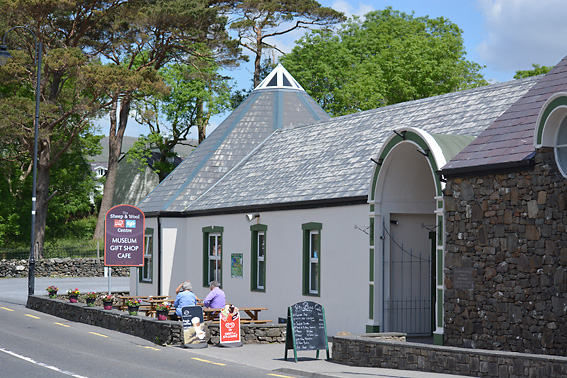
The West of Ireland Black Faced Sheep that we had seen are apparently very good mothers, but their fleece is coarse and worthless. The fleece can be sold for carpets at 29 cents where as it costs over €2 to have the sheep shorn. The lambs are mainly sold for meat at around 8 months old.
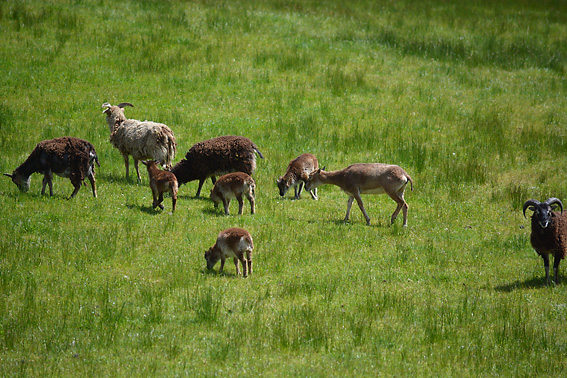
The talented Orlagh, a sheep farmer, kept mainly local breeds of sheep as well as some rare breeds such as Jacob, Soay and Shetland whose fleece she enjoyed spinning.
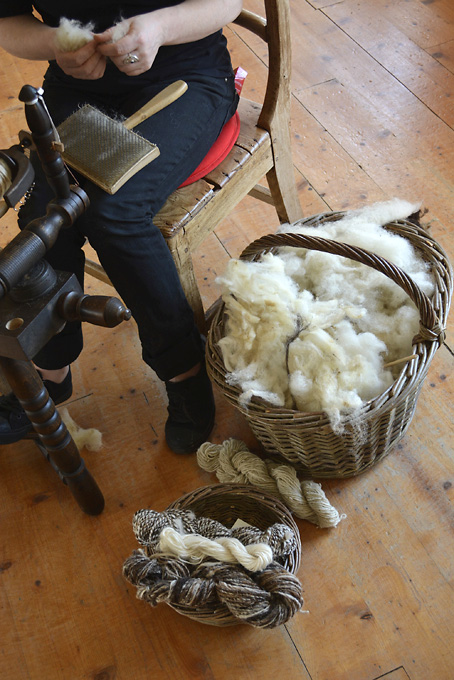
She started by using hand carders for separating and straightening the wool fibres which she turned into a rolag of lofty wool. She then drew this out and joined it to the end of the yarn that was on the spindle on the spinning wheel.
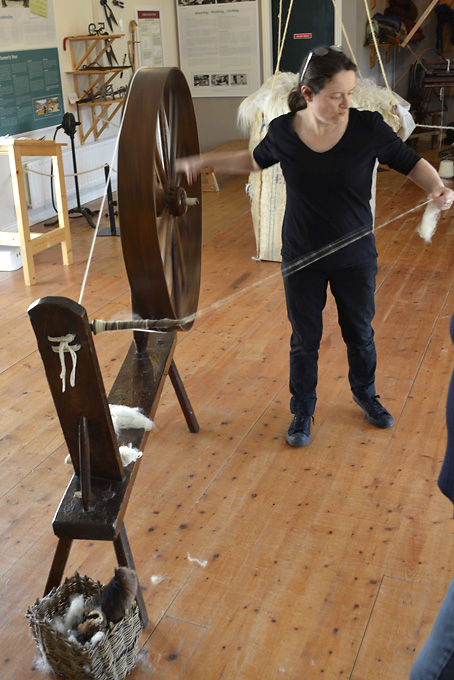
She showed us how to spin using the traditional West of Ireland Big Wheel where she stood while spinning and moved backwards to draw the yarn out. Apparently, in the past, one of the first pieces of furniture a husband would make for his new wife was a Big Wheel. It was a useful piece of furniture as the wheel could be taken off and stored in the rafters and the bench would then be used as a seat.
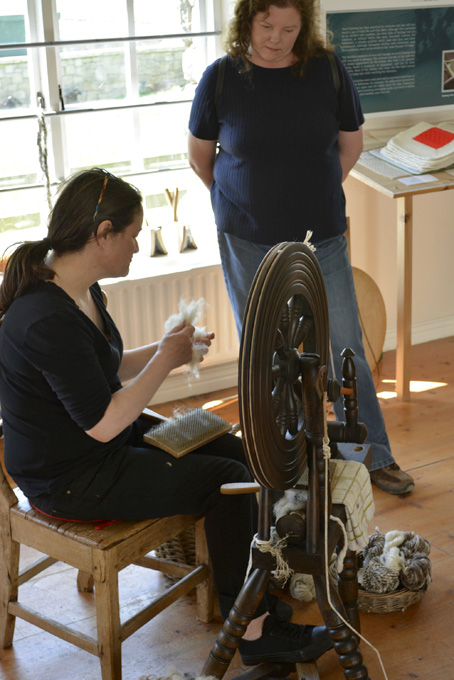
Orlagh also showed how different it was to spin with the Donegal Wheel (which was very similar to the spinning wheels we saw on Shetland).
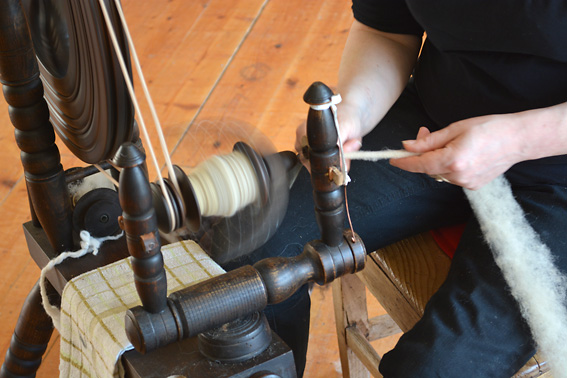
She then chatted about natural dyeing. Showing us different examples of beautiful naturally dyed yarn in muted browns, rusts, golds, sage green… among other gorgeous colours.
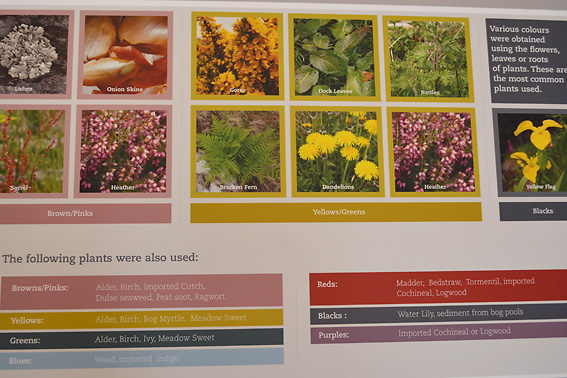
For blues and reds the indigo and madder had to be bought in so local people would normally have worn the natural tones that could be created using easily from locally foraged materials such as bark, onion skins, gorse and lichen. She had examples of golden colours from the gorse that were very different to each other, one had been dyed from gorse that had grown in a very wet season in comparison to one from a dry season. She chatted about the differences in colour depending upon which mordant (setting agent) was used or how it would change if iron was added.
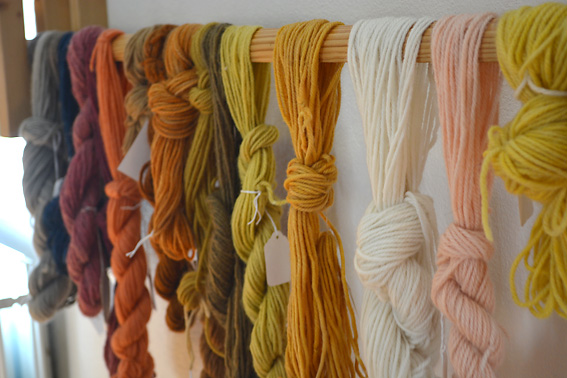
She also talked about how using the natural colours from the fleece could be used to create the brown toned homespun Irish tweed.
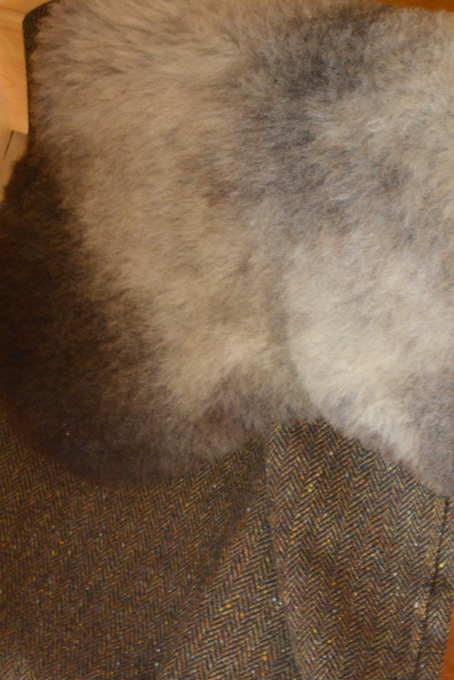
Women worked very very hard to clothe their families and keep them warm.
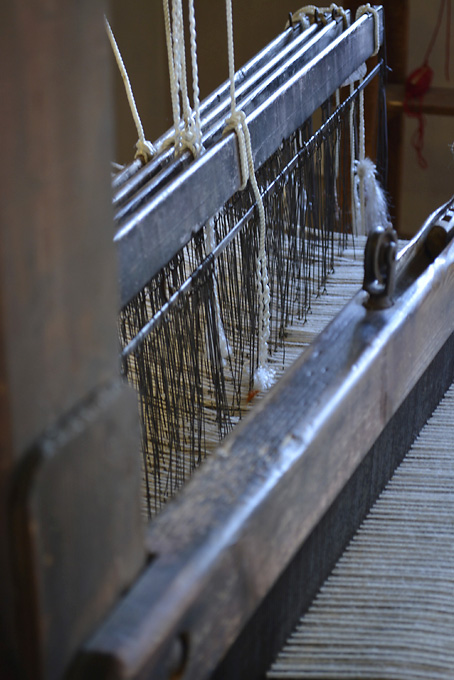
The museum has interesting displays of aran knitting swatches, and a fascinating sock knitted using homespun yarn and goose quills.
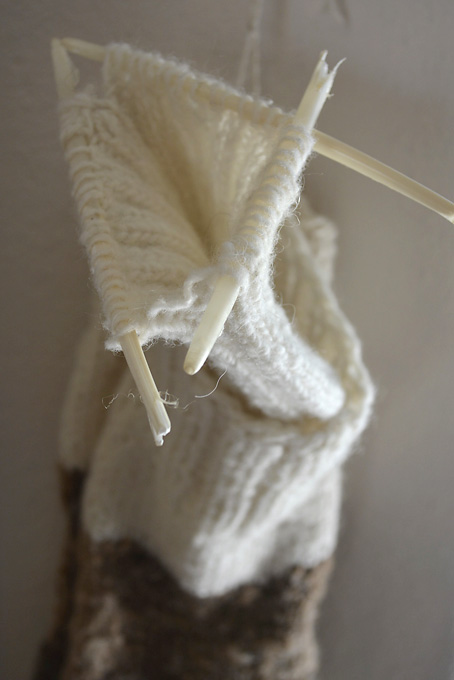
I would definitely recommend the Wool & Sheep Centre if you are visiting Connemara, Co Galway. This is a small taster to this fascinating small local museum. It is a wonderful place to visit and has an excellent cafe too!
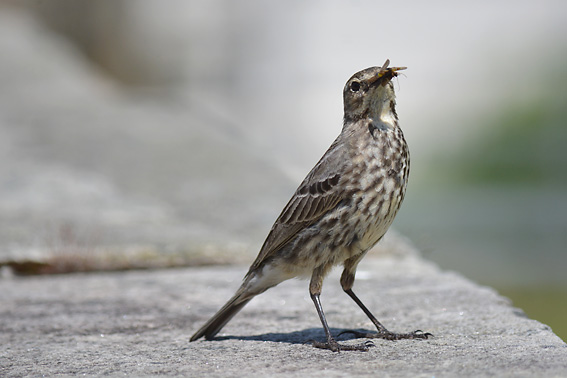
Orlagh was joy to meet, so funny, so interested in the subject, and very knowledgeable. We spent a couple of hours here, which passed much too quickly! Thank you Orlagh.

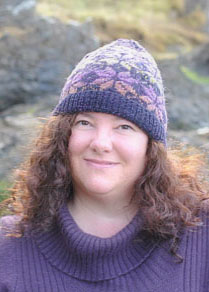
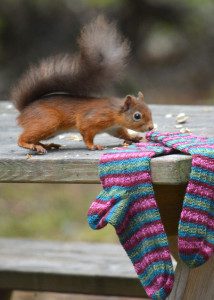
Thank you for the recent article on the Sheep Centre in Leenane- I especially enjoyed seeing the goose quills used as knitting needles; I am so blown away by the determination and craftiness of the women and maybe men, in the days before formal knitting needles, who used what they had to knit for their families. I was thrilled and also humbled after reading your fine article. Thanks again! Kay
It was a fascinating family run museum to visit. So interesting. It is great to see people wanting to keep skills and local history alive. Thank you for your kind comments. Nicolette